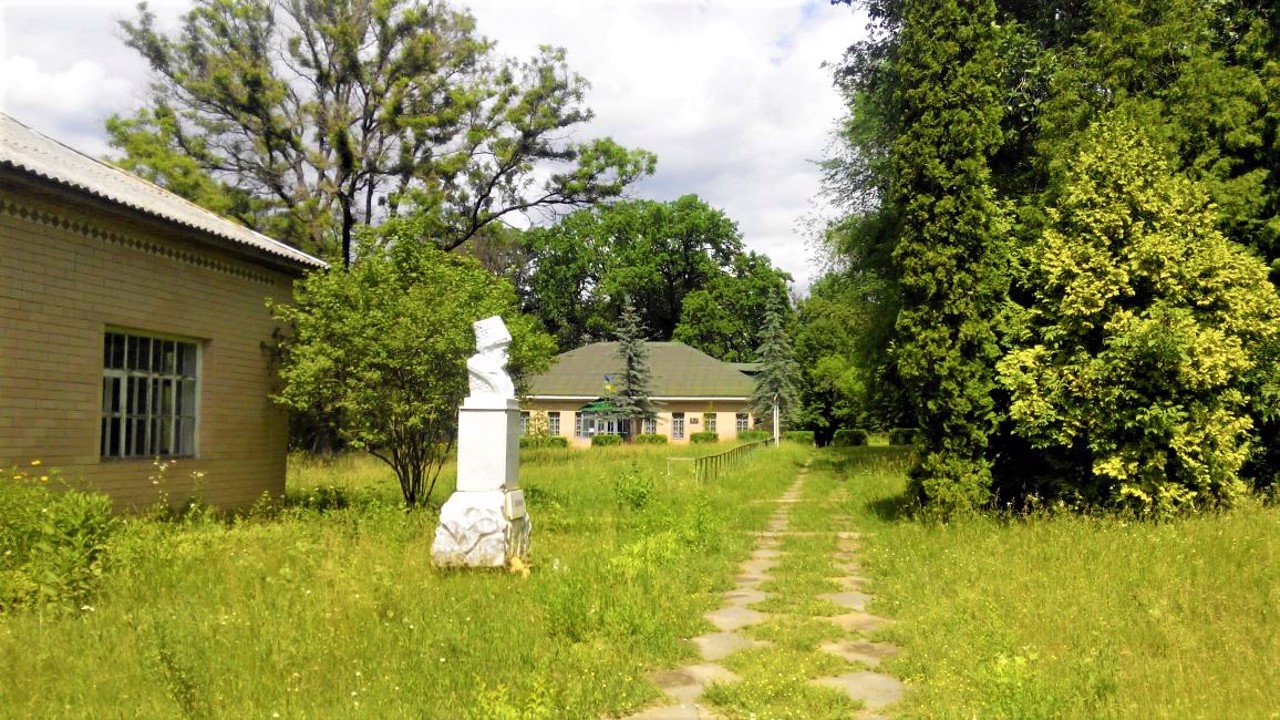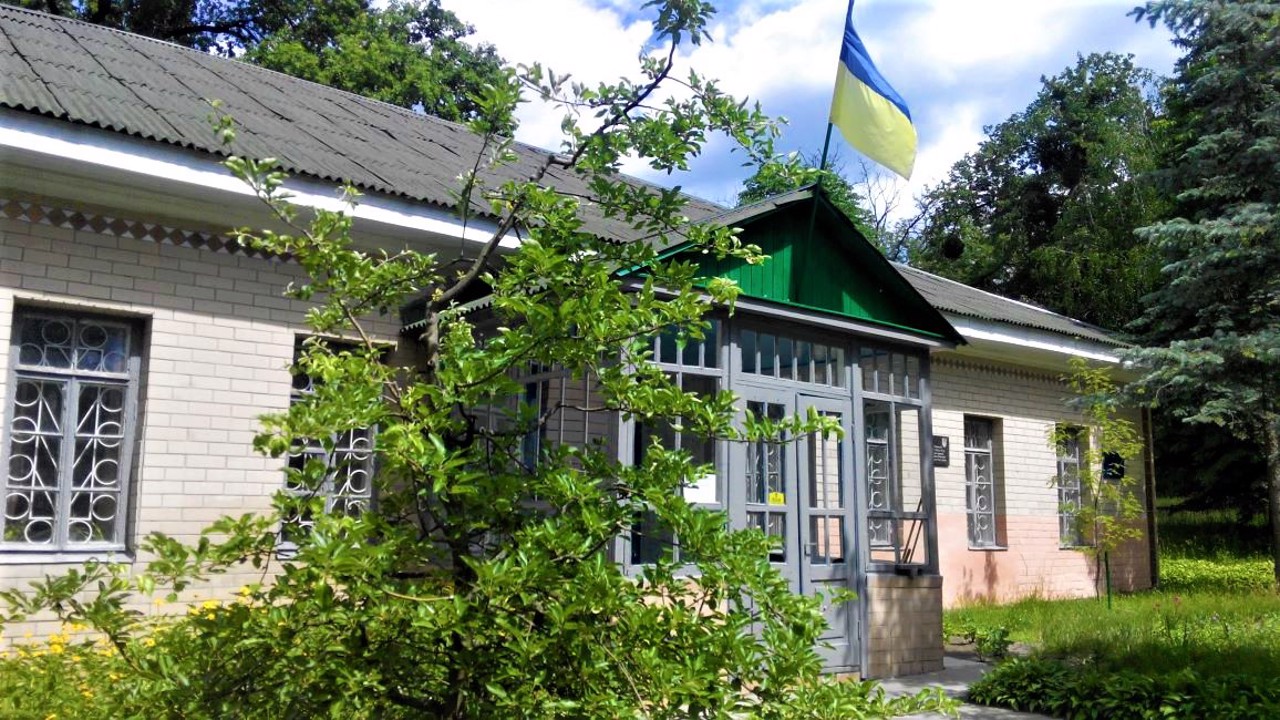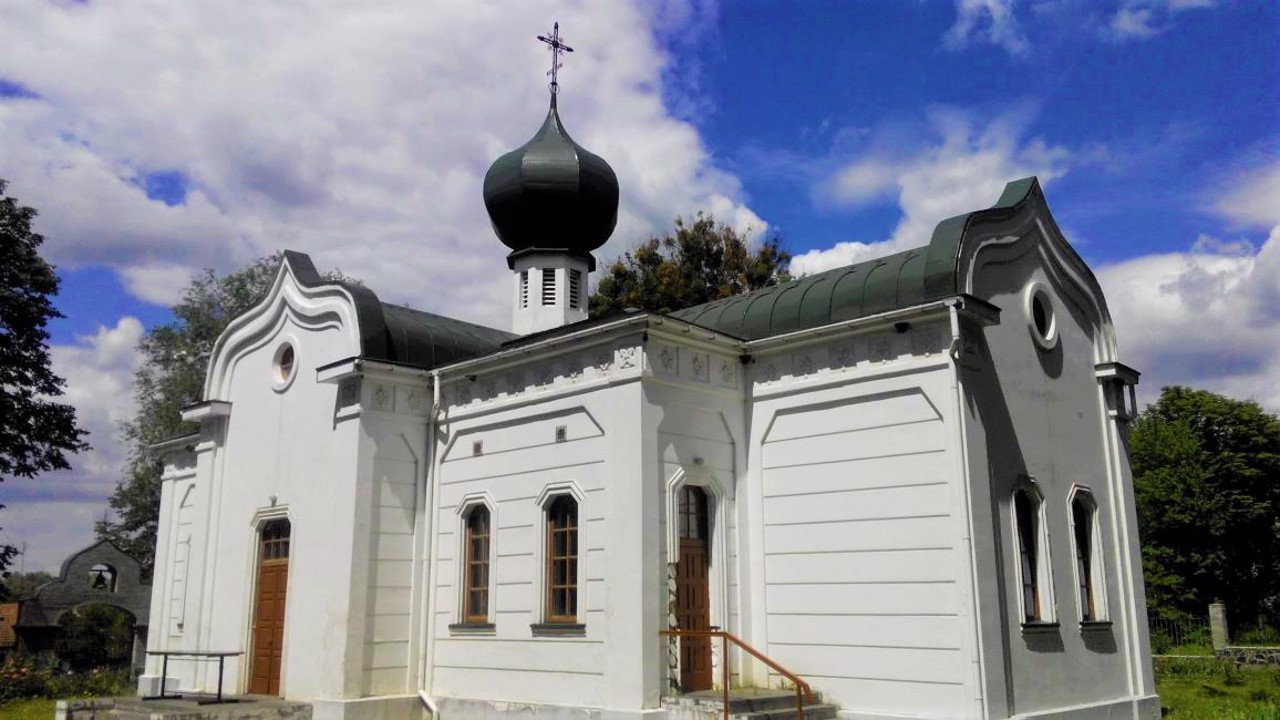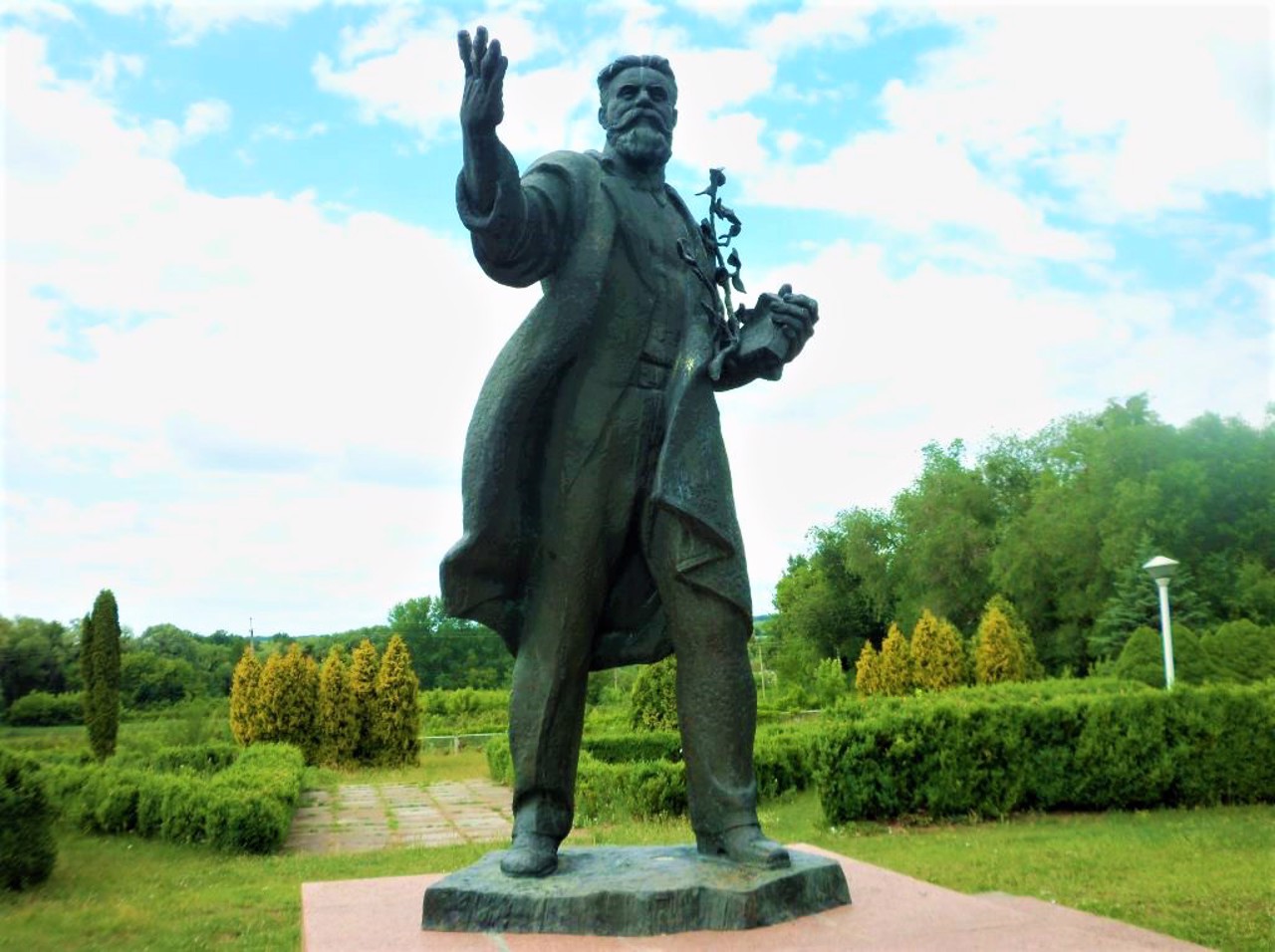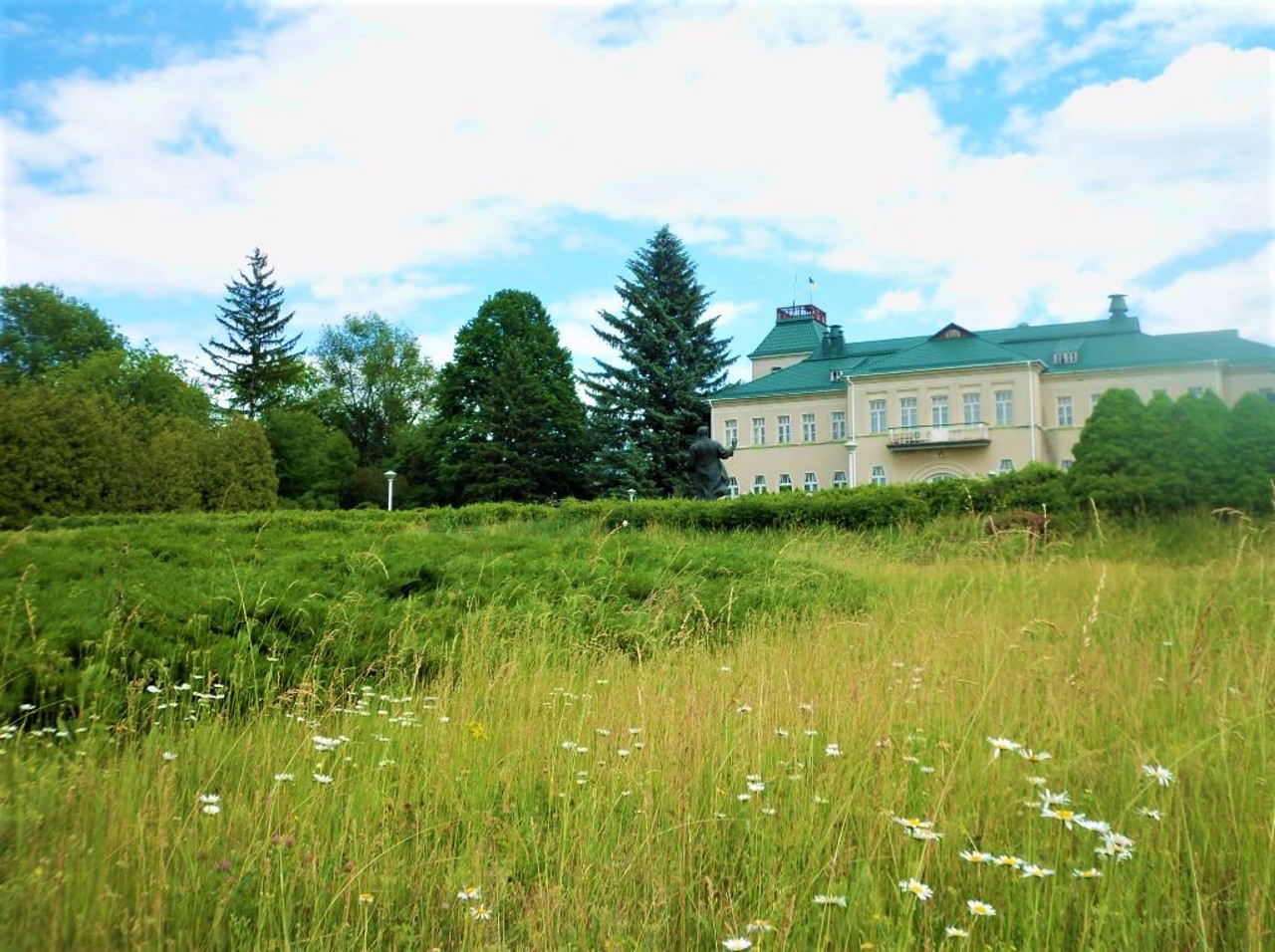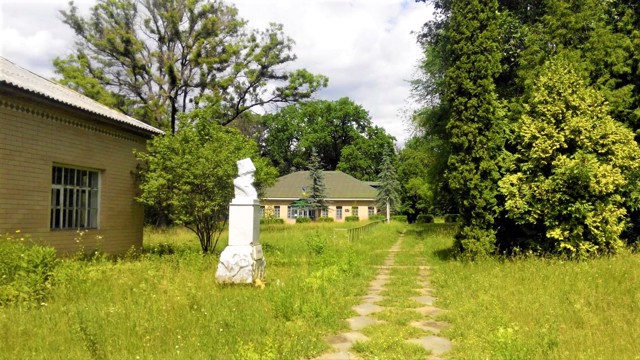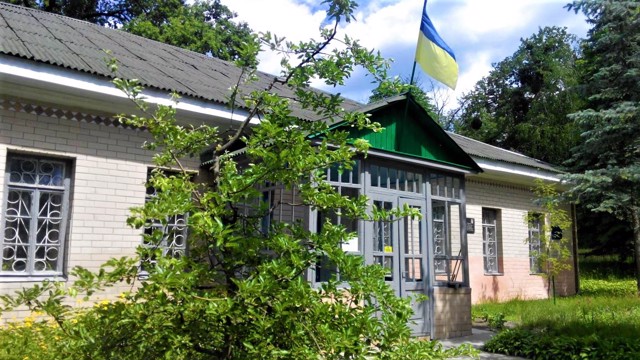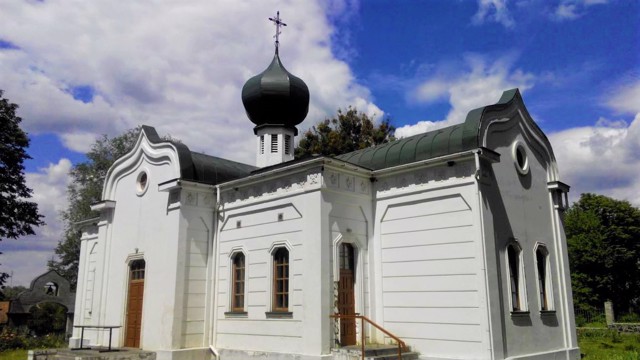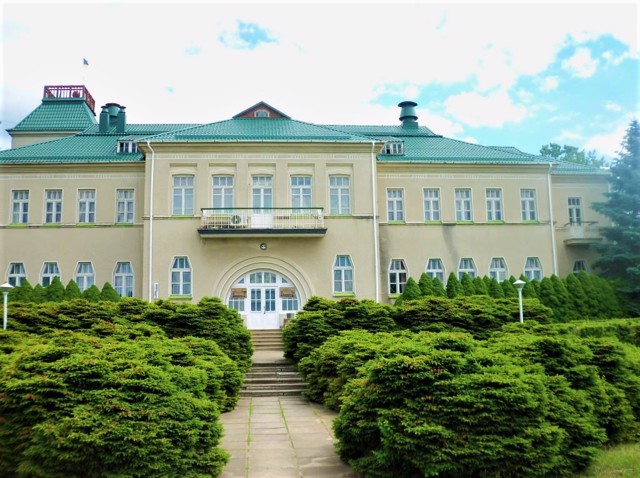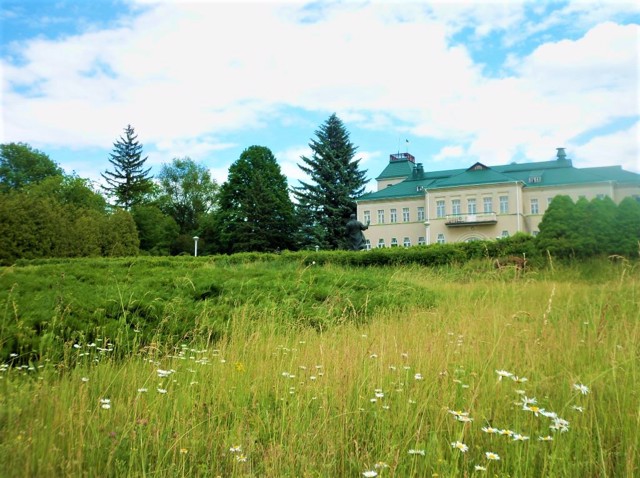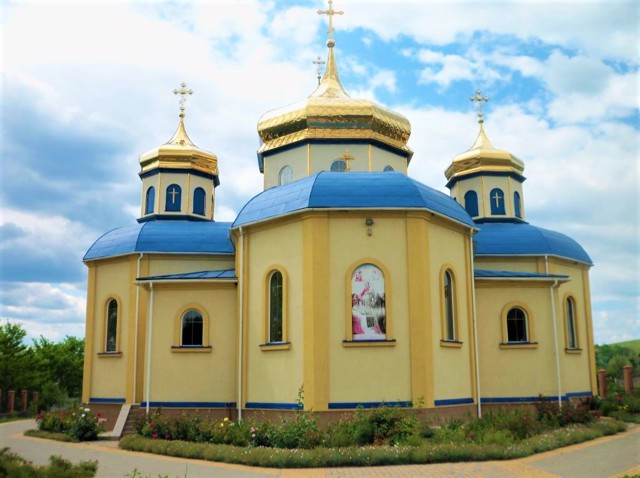Functional temporarily unavailable
General information about Mliiv
The village of Mliiv on the Vilshanka River is located 10 kilometers northeast of Horodyshche.
It was first mentioned in 1499. According to legend, the founder of the settlement was Princess Evmhliya, after whom it was named.
In the 17th century, when these lands belonged to Prince Stanislav Konetspolskyi, the town of Mliiv became the center of the parish, and during the War of Independence - the hundredth town of the Korsun regiment. In the 18th century, under the Lyuborskyi princes, the Trinity Church was founded, later rebuilt in stone.
In the 19th century, the Yakhnenko-Symyrenko family of merchants and sugar growers settled on the Platon farm next to Mliiv, then owned by Count Mykhaylo Voronts ...
The village of Mliiv on the Vilshanka River is located 10 kilometers northeast of Horodyshche.
It was first mentioned in 1499. According to legend, the founder of the settlement was Princess Evmhliya, after whom it was named.
In the 17th century, when these lands belonged to Prince Stanislav Konetspolskyi, the town of Mliiv became the center of the parish, and during the War of Independence - the hundredth town of the Korsun regiment. In the 18th century, under the Lyuborskyi princes, the Trinity Church was founded, later rebuilt in stone.
In the 19th century, the Yakhnenko-Symyrenko family of merchants and sugar growers settled on the Platon farm next to Mliiv, then owned by Count Mykhaylo Vorontsov, who built a large steam sugar and refining plant, as well as a machine-building plant.
Scientist-horticulturist Lev Symyrenko became famous as an outstanding pomologist (fructologist), the discoverer of the famous Renet Symyrenko apple variety. Currently, the Lev Symyrenko Institute of Pomology operates on the territory of the Symyrenko estate and the fruit nursery founded by him, and a monument to the scientist has been erected.
Село Мліїв на річці Вільшанці розташоване в 10 кілометрах на північний схід від Городища.
Вперше згадується в 1499 році. За переказами, засновницею поселення була княгиня Євмглія, по імені якої і отримало назву.
В XVII сторіччі, коли ці землі належали князю Станіславу Конєцпольському, містечко Мліїв стало центром волості, а під час Визвольної війни - сотенним містечком Корсунського полку. В XVIII столітті, за князів Люборських було засновано Троїцьку церкву, пізніше відбудовану в камені.
В XIX столітті на Платоновому хуторі поруч з Млієвом, що належав тоді графу Михайлові Воронцову, облаштувалася родина купців-цукрозаводчиків Яхненків-Симиренків, якими тут були збудовані великий паровий цукровий і ...
Село Мліїв на річці Вільшанці розташоване в 10 кілометрах на північний схід від Городища.
Вперше згадується в 1499 році. За переказами, засновницею поселення була княгиня Євмглія, по імені якої і отримало назву.
В XVII сторіччі, коли ці землі належали князю Станіславу Конєцпольському, містечко Мліїв стало центром волості, а під час Визвольної війни - сотенним містечком Корсунського полку. В XVIII столітті, за князів Люборських було засновано Троїцьку церкву, пізніше відбудовану в камені.
В XIX столітті на Платоновому хуторі поруч з Млієвом, що належав тоді графу Михайлові Воронцову, облаштувалася родина купців-цукрозаводчиків Яхненків-Симиренків, якими тут були збудовані великий паровий цукровий і рафінадний, а також машинобудівний заводи.
Вчений-садівник Лев Симиренко прославився як видатний помолог (фруктолог), відкривач знаменитого сорту яблук Ренет Симиренка. Нині на території садиби Симиренка та заснованого ним плодового розсадника діє Інститут помології імені Льва Симиренка, встановлено пам'ятник вченому.
Сплануй своє перебування у Mliiv
What to see and where to go in Mliiv
Tourist attractions and museums of Mliiv
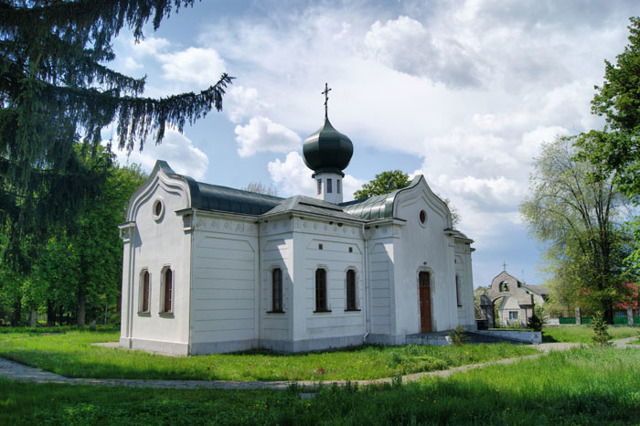
Holy Trinity Church
Temple , Architecture
The Holy Trinity Church in Mliiv is located next to the Symyrenko manor. It was built in 1858 by the Symyrenko family as a family tomb.
During the Soviet rule, the temple was turned into a village club.
Today the church is active. Belongs to the Orthodox Church of Ukraine.

Symyrenko Family Manor-Museum
Palace / manor , Architecture , Museum / gallery
The manor of the Yakhnenko-Symyrenko family on the Platon farm in Mliiv was founded in the middle of the 19th century by the entrepreneur Platon Symyrenko, the son of the rich merchant Fedir Symyrenko, who was originally from Horodyshche.
Platon Symyrenko built a large sugar factory in Mliiv, on land leased from Count Mykhaylo Vorontsov, but later the enterprise was liquidated, its premises were used by the military.
At the end of the 19th century, the land of Platon hamlet was leased from Countess Balashova by the pomologist (fructologist) Levko Symyrenko to create the largest nursery in pre-revolutionary Russia, where the most valuable varieties of fruit and decorative plant species were collected. Here, the scientist discovered the famous Renet Symyrenko apple variety.
His son, Volodymyr Symyrenko, became the first director of the Mliiv horticultural research station during the Soviet regime. Currently, it is the Institute of Pomology named after Levko Symyrenko. A monument to the gardener was installed in front of the main building of the institute (1926).
A small one-story house built by Platon Symyrenko in 1855 has been preserved among the old manor buildings - it houses the memorial museum of the Symyrenko family.
From January 1, 1992, the Symyrenko Family Manor-Museum became a department of the Cherkasy Regional Museum of Local Lore.
Reviews Mliiv
Geographical information about Mliiv
| {{itemKey}} | {{itemValue}} |
|---|---|
| Region |
Cherkasy |
